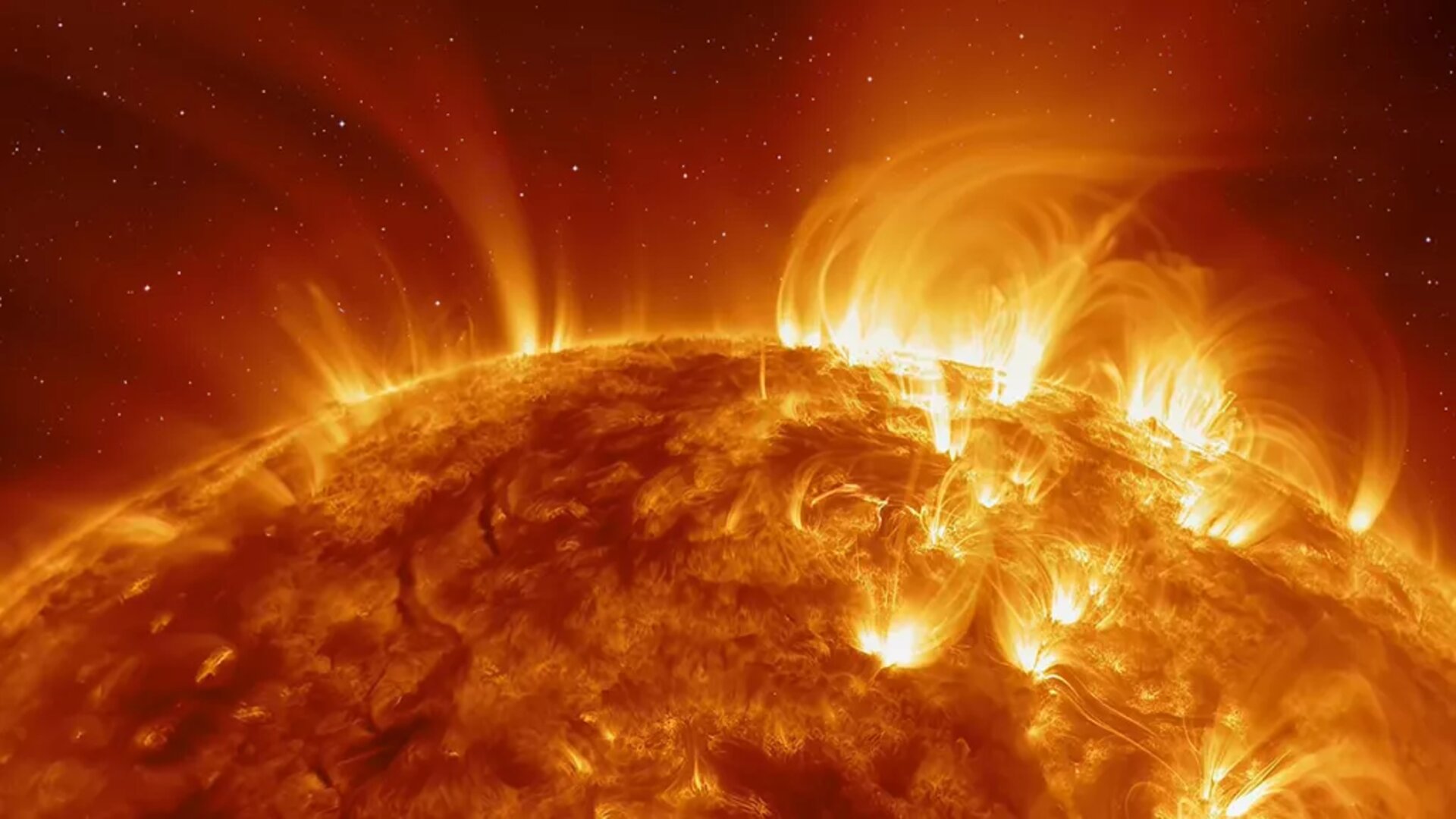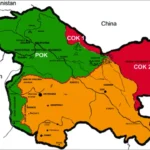In a groundbreaking study that bridges archaeology, astrophysics, and climate science, researchers have uncovered evidence of a massive solar superstorm that struck Earth approximately 14,300 years ago. This ancient event, far more intense than any solar storm in recorded history, has scientists reconsidering the risks posed by space weather to today’s hyper-connected, technology-reliant society.
☀️ What Is a Solar Superstorm?
A solar superstorm, also known as a geomagnetic storm, is a powerful burst of solar activity that releases vast amounts of energy, including solar flares and coronal mass ejections (CMEs). When these high-energy particles reach Earth, they can disrupt the planet’s magnetic field, potentially knocking out power grids, communication networks, satellites, and navigation systems.
The most famous solar storm in modern times, the Carrington Event of 1859, caused widespread telegraph failures and auroras visible as far south as the Caribbean. Yet, the newly discovered ancient storm may have been multiple times stronger.
🌲 Discovery in Ancient Tree Rings
The key to this ancient cosmic event lay hidden in the trunks of long-dead trees. A team of scientists from Sweden, Germany, and the UK analyzed Scots Pine tree rings preserved in the Drouzet region of the French Alps, using radiocarbon dating and isotopic analysis.
They discovered a sudden and dramatic spike in carbon-14 (¹⁴C) levels—an isotope created when cosmic rays interact with the Earth’s atmosphere—dating back roughly 14,300 years. This spike is a telltale signature of an extremely intense burst of solar radiation.
“This was one of the largest cosmic radiation events we’ve ever identified,” said Dr. Edouard Bard, lead author of the study published in Philosophical Transactions of the Royal Society A. “Its scale suggests that solar storms of this magnitude are not just historical outliers—they may be part of a recurring natural pattern.”
🛰️ What Would Happen If It Struck Today?
If an event of this magnitude occurred now, the results could be catastrophic. Modern infrastructure, including electrical grids, GPS systems, and satellite communications, is highly vulnerable to geomagnetic disturbances.
A similar superstorm in today’s world could:
- Cause widespread power outages lasting several days or even weeks.
- Disrupt satellite operations, affecting weather forecasts, banking, and internet services
- Corrupt communication systems, including aviation and maritime navigation
- Compromise spacecraft electronics and astronaut safety
According to a 2023 NASA report, the economic cost of a solar superstorm today could exceed $2 trillion in the first year alone, with recovery times stretching for several years in some regions.
🔍 How Often Do Superstorms Occur?
The discovery adds to growing evidence that extreme solar events are more frequent than previously believed. Prior research uncovered similar cosmic radiation spikes around 9,200 and 12,000 years ago, suggesting a cycle of high-energy solar activity roughly every few thousand years.
Dr. Bard warns, “We are entering an era where another such event could happen. The problem is that we have no way to predict exactly when.”
Currently, space weather monitoring agencies like NOAA’s Space Weather Prediction Center and ESA’s Space Situational Awareness Programme provide limited early warnings for solar storms. However, these alerts only offer a few hours’ notice, which may not be enough for full-scale prevention or protection.
🔬 Toward Better Preparedness
In order to better withstand future solar superstorms, researchers are calling for:
- Enhanced space weather prediction systems powered by artificial intelligence and satellite observations.
- Upgraded infrastructure with better shielding against geomagnetic currents
- Global contingency planning to safeguard communications and power systems
- Public awareness campaigns about the risks and signs of severe space weather
Some governments are already investing in solar-resilient technologies, including hardened transformers, solar flare shields for satellites, and backup communication systems for emergency use.
🌌 Final Thoughts: Lessons From the Distant Past
The revelation of a 14,000-year-old solar superstorm is a powerful reminder that the sun, while life-giving, can also pose a severe threat. As our dependence on digital and electronic systems continues to grow, so too does our vulnerability to space weather.
Understanding the cycles of solar activity through ancient evidence like tree rings allows scientists to anticipate future risks—and possibly protect humanity from cosmic forces that are far beyond our control.





